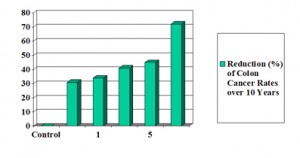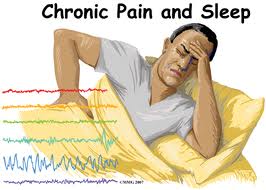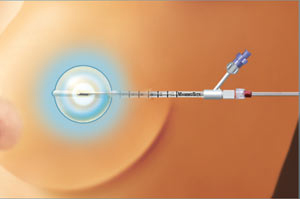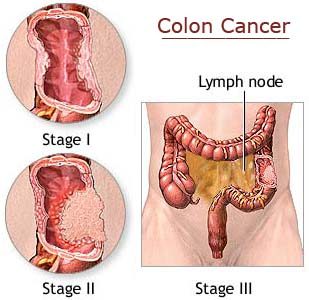Shots in early childhood are often approached with a sense of trepidation by parents. It means almost without fail, that there is crying and resistance. All the well meaning comments, that it is “only like a little mosquito bite” to get a shot at the clinic are of not much use.
Italian researchers were able to confirm that children feel significantly less pain from blood draws when their mother was at their side. But this study from Siena, Italy also suggests that there are additional ways to distract children from pain. Sixty-nine children aged 7-12 were observed, and the study suggests that TV cartoons have an even greater power to distract youngsters from pain. Researchers took note that children whose attention was focused on a cartoon reported only one-third of the pain reported by controls of those who did not watch a cartoon.
The practical application could be useful in labs or clinics, where children are receiving injections or may experience pain and discomfort. A funny cartoon may take some of the sting out of the dreaded shots!
The study originally appeared in the August 17 online edition of Archives of Diseases in Childhood.
More information about pain: http://nethealthbook.com/neurology-neurological-disease/pain/
Reference: National Review of Medicine, August 30,2006, page 11
Last edited November 1, 2014















